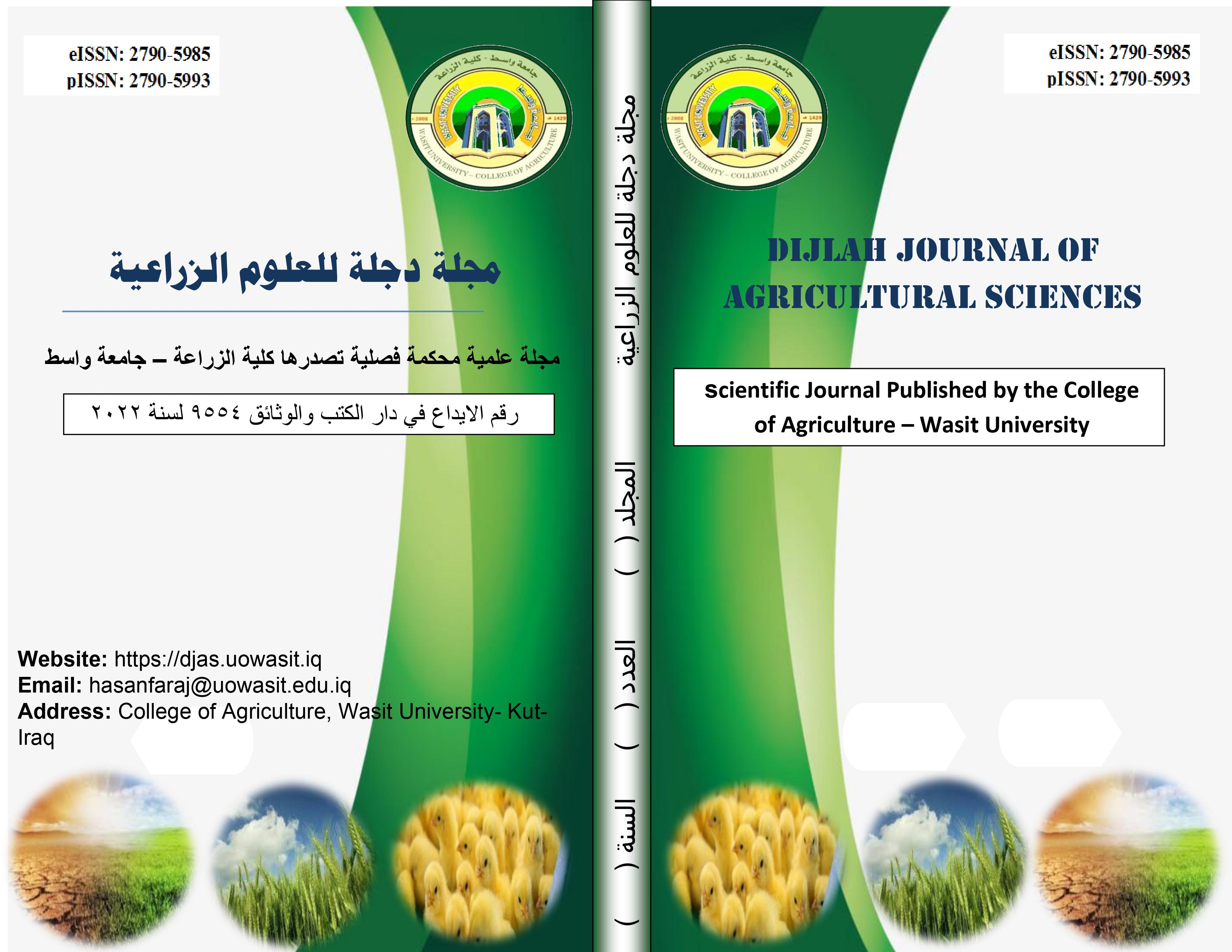Determination Irrigation Requirement for Some Vegetables and Fruits using FAO-CROPWAT model in in Southern Part of Iraq
Abstract
Crop water requirements (CWR) in semi-arid regions are critical in improving the efficiency of irrigation. The paper estimated the crop irrigation requirement for some vegetables and fruits in Basra, southern Iraq using CROPWAT model. The CROPWAT tool developed by FAO, it was applied in processing climate, soil, and crop data. The total amount of water that wheat, barley, and rice needed for irrigation in the study area was 99.1 mm, 103.1 mm, and 404.1 mm, respectively.Analysis entailed the assessment of the water demand and irrigation requirement (CWR & IR) of three plants in the order of Date Palm (1722.7, 1593) > Tomato (470.3, 415.4) > Pepper (427.9, 393.2) mm/dec. Estimation of crop water requirement involves a number of variables, including soil type, location, agricultural practices, air temperature, and effective rainfall. In addition, the demands of water are not constant at all stages of the crop. The findings showed that the frequency of irrigation of date palm, tomato, and pepper was high at first because of large values of ET 0 and shallow roots. This frequency reduced in the mid-season when there was a reduction in the evapotranspiration levels and expansion of root systems thus resulting in maximum water retention in the soil. The research encouraged better utilization of water by optimizing the irrigation schedule with the help of CROPWAT tool that will alleviate the adverse effects of improper irrigation like soil erosion, water shortage, and environmental problems in semi-arid areas like Basra Governorate, Iraq.

